SsangYong Korando joins the fleet
Andy's going to be running a SsangYong Korando 1.6D Ultimate Auto 4WD for the next six months.
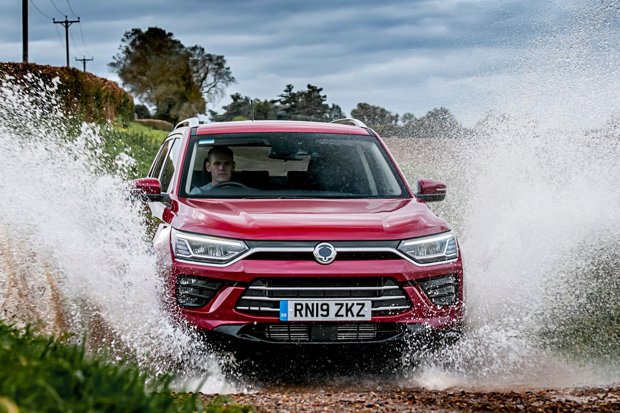
Date: 24 December 2019 | Current mileage: 783 | Claimed economy: 41.5mpg | Actual economy: 32.8mpg
While SsangYong might not be a household name, regular readers of HonestJohn.co.uk will be more than familiar with the brand. The Korean firm came out top in our 2018 Satisfaction Index, while we previously spent an extended period with the Tivoli XLV and rated it highly.
SsangYong has earned itself a reputation as a great value manufacturer of robust four-wheel-drives and pick-ups, attracting a loyal following from taxi companies, farmers, builders and caravanners alike. But its latest model, the new Korando, could be the car to catapult it into the mainstream.
The crossover SUV is a rival to cars like the Peugeot 3008, Nissan Qashqai and Skoda Karoq. It's a segment that's already very crowded, but equally very popular - so it'll be interesting to see how the Korando performs as a value entrant.
We say 'value'. The Korando we've just taken delivery of, fresh from the car's UK launch, costs a whopping £32,545. That's significantly more than its headline £19,995 entry-level price, but it is a top-spec Ultimate model with the 2.2-litre diesel engine, four-wheel-drive and six-speed automatic transmission.

Part of that decision was made for me - the diesel engine is currently the only option for UK buyers, although a petrol's on its way. I quite like that it's a four-wheel-drive, too - this is an SUV that has the ability to match its go-anywhere appearance.
The standard equipment list is lengthy, ranging from a heated steering wheel to an electric sunroof and even ambient lighting. And on first impressions, it's plainly clear that this is a high-spec model - soft-touch materials are in ambundance, while there's a clever digital instrument cluster in place of standard dials. Some of these features are far from what we'd expect from a budget brand like SsangYong.
So we'll be spending six months with the SsangYong Korando to find out if it makes a strong case for itself in this competitive sector. Will it prove reliable in that time? What gripes will we have with it? And is it really worth £32,500?
Keep an eye on HonestJohn.co.uk as we reveal all about the new SsangYong Korando...
Should I buy a petrol or diesel SsangYong Korando?
While our Korando's a diesel, Andy's been on a road trip in a petrol. Which engine is the best in the new SsangYong?
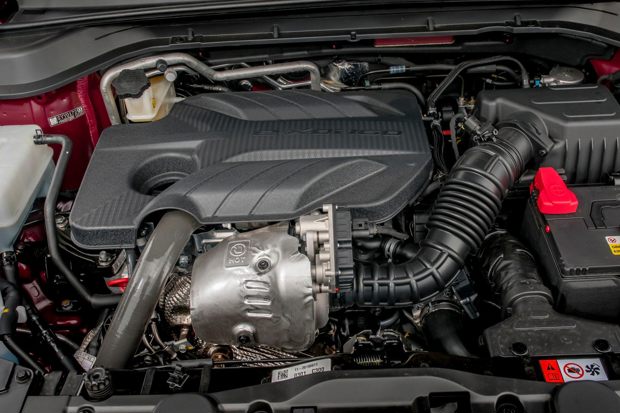
Date: 24 January 2020 | Current mileage: 1928 | Claimed economy: 41.5mpg | Actual economy: 33.8mpg
Out of all the hundreds of questions we’re asked every day via the Ask HJ service, the one that seems to be the most popular is ‘should I buy a petrol or diesel?’.
Generally, our guidance comes down to the kind of driving you do. Diesels aren’t really suited to regular short journeys - particularly at low speed. They take longer to get up to temperature and, if you don’t regularly drive at motorway speeds for extended periods (half an hour or more), the diesel particulate filter (DPF) can get clogged and cause you a massive headache.
That said, if you spend all day on the road driving up and down motorways, diesels will be much more efficient than petrols and won’t be as damaging to the environment as the mainstream media will have you believe. Horses for courses, basically.
Just before Christmas, I swapped my diesel Korando for a petrol model. It’s an odd move - I drive my diesel Korando every day, predominantly for short journeys, and switched to a petrol for a long drive to a Christmas market in northern France.
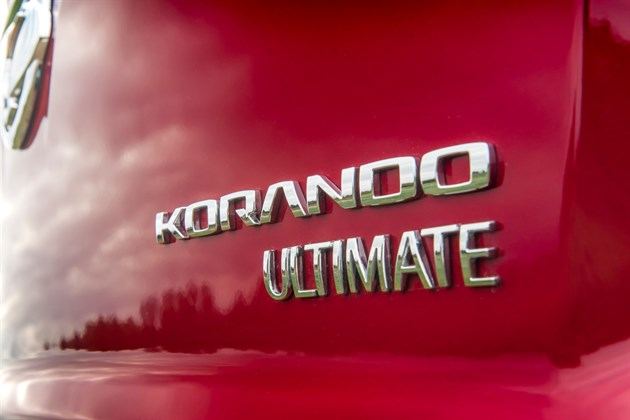
This was SsangYong’s way of launching the petrol model to the UK media. It was a good excuse for a road trip - spend a couple of days behind the wheel of a new car, yet to go on sale in the UK, and try it out on a wide variety of roads (from English motorways to French city centres).
However, I spent most of the time wishing I was driving my diesel Korando. While the petrol is more powerful (163PS compared to the diesel’s 136PS), it feels slower. This isn’t helped by the six-speed torque-converter gearbox which seems to suit the diesel much better than the petrol. In the diesel it’s pretty good but in the petrol it hesitates as it stumbles to find gears.
The petrol’s pretty noisy, too. Not as noisy as the diesel, admittedly, but I quite like how the diesel sounds a bit rough and ready. You’d expect the petrol to be significantly quieter and it doesn’t suit it.
So, there we are. If you’re looking to buy a SsangYong Korando, go for the diesel. But not if you cover lots of short journeys...
How does SsangYong’s seven-year warranty stack up?
The SsangYong Korando comes with an impressive seven-year, 150,000-mile warranty. How does that compare to rivals?
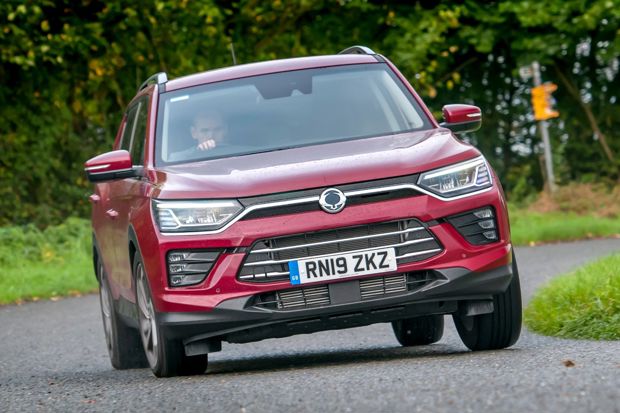
Date: 24 February 2020 | Current mileage: 3187 | Claimed economy: 41.5mpg | Actual economy: 34.3mpg
If you’re a relatively unknown car manufacturer trying to show confidence in your products, offering a much more impressive warranty than mainstream rivals is a tried and tested method. Kia and Hyundai both used this technique with a huge amount of success - the former with a five-year, unlimited mileage warranty, and the latter with a seven-year, 100,000 mile warranty.
In more recent years, MG is taking a similar approach, with its seven-year, 80,000-mile warranty, while SsangYong offers a seven-year warranty.
The most impressive thing about SsangYong’s warranty is its mileage limit. It’s a whopping 150,000 miles. That means you can cover up to 150,000 miles within the car’s first seven years and if anything goes wrong - apart from standard wear and tear - your friendly local SsangYong dealer will fix it. For free.
There’s some caveats, obviously. That doesn’t cover defects caused by things like a crash, or what SsangYong deems ‘improper use of the vehicle’. If you take your Korando for a thrash across the fields and a coil spring breaks, you’ll struggle to convince your dealer that they’re responsible.

The paintwork is covered for the first three years or 60,000 miles, meaning if you spot an imperfection after four years, that’s tough luck. This is pretty standard.
It’s worth noting too that the warranty doesn’t cover items which generally would need replacing as part of regular maintenance or servicing. At least not for seven years.
These include bulbs, wiper blades and the clutch disc, which are all covered for the first year/12,500 miles. Wheel bearings and suspension components (such as the springs and dampers) are covered for 60 months/60,000 miles.
So, SsangYong's warranty looks pretty comprehensive. How does the dealer experience stack up? Well, we've not had any reason to return our Korando to SsangYong since it arrived last year, but owners are a pretty happy bunch...
Carry on Caravanning
Andy has adventure envy as a team sets off for the Sahara Desert in a SsangYong Korando with a Baileys caravan.

Date: 24 March 2020 | Current mileage: 4500 | Claimed economy: 41.5mpg | Actual economy: 37.4mpg
As I approach the age of 30, I’m finding myself taking a greater interest in caravanning. No, seriously. The idea of hooking up a home-from-home on a Friday teatime, hitting the road and spending a weekend away somewhere without having to deal with cheap hotels or poorly described B&Bs really appeals.
This interest has been helped by having what would make a very dependable tow car sitting on my driveway. SsangYong has always been a favourite with caravanners, thanks to the brand’s reputation for value for money and robust four-wheel-drives.
While the latest Korando is moving the Korean manufacturer towards the mainstream, it still makes for a very good tow car.
There’s even a trim level dedicated to caravanners. The Korando Pioneer is available with the 1.6 diesel engine with automatic transmission with two- or four-wheel drive. It has a two-tonne towing capability and a full-size spare wheel - making it ideal for adventure.

My thirst for a caravanning adventure has been amplified by news that Baileys of Bristol and the Caravan and Motorhome Club are embarking on a 3500-mile trek to the Sahara Desert, using three SsangYong models: a Rexton, a Musso Saracen pick-up and a Korando, just like mine.
The challenge will commence from the Bailey production facility in Bristol, travel through Spain and Portugal and across the Strait of Gibraltar into Morocco, then over the Atlas Mountains and as far south as the edge of the Sahara Desert, before returning home.
The marathon journey is in progress now, expected to take 20 days to complete with the team experiencing a range of potentially extreme road and weather conditions along the way.
It makes my own adventure to northern France in a petrol SsangYong Korando seem a little poor…
Does the SsangYong Korando still offer excellent value for money?
Our Korando came with a hefty price tag - is SsangYong still the value brand it once was?
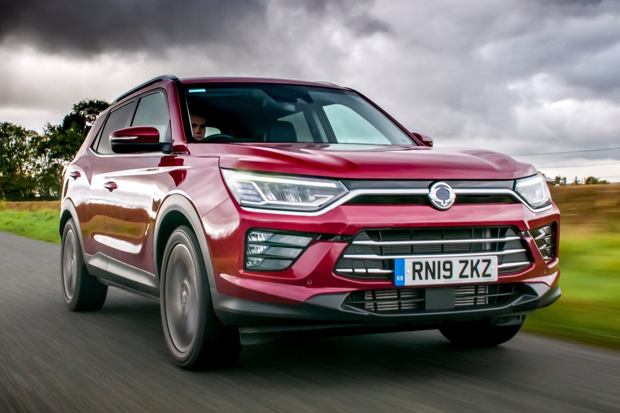
Date: 24 April 2020 | Current mileage: 5483 | Claimed economy: 41.5mpg | Actual economy: 35.4mpg
SsangYong has always been a value brand. It's almost the Kia and Hyundai of 2020 - where the Korean brands and have moved upmarket and are now competing in the mainstream, SsangYong has joined brands like MG and Dacia in catering for the bargain basement market.
There's a 'but'. My SsangYong Korando is £32,500. You can get a very highly-specced Nissan Qashqai, Kia Sportage, Peugeot 3008 or pretty much any alternative for that sort of money. Dan's old Skoda Karoq Scout wasn't much more than that, and that was lovely.
Of course, there's a caveat. My Korando is a very highly-specced press car that no one in the real world will actually buy. Not unless you get a big discount for a pre-registered or nearly-new example, anyway.
The most affordable SsangYong Korando is the entry-level ELX model, which'll cost you £19,995 when paired with the petrol engine and manual gearbox.
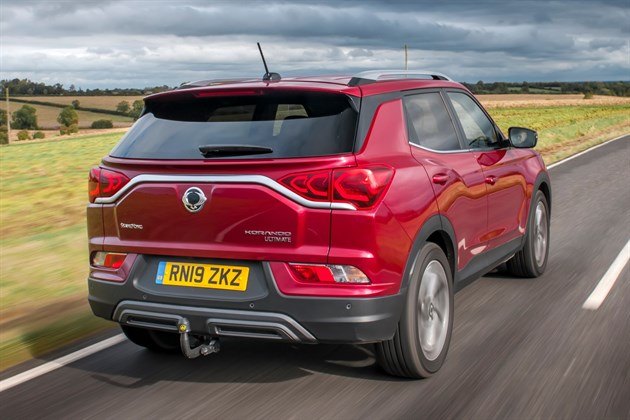
The Nissan Qashqai starts from around £20,500, the Kia Sportage £21,000 and the Karoq £22,500. While the Korando's start price dips in below £20,000, it seems like little more than a token gesture in the grand scheme of things.
At least the Korando comes well-equipped as standard. Even the ELX comes with 17-inch alloy wheels, automatic lights/wipers and cruise control for no extra cost. That's pretty good.
My Ultimate spec model comes with, well, everything. There's 19-inch alloy wheels, leather seats (heated and ventilated, no less), a nine-inch touchscreen navigation system... even infinity mood lighting. You'd have to spend significantly more to get those levels of specification on a car from a rival manufacturer.
So, yes, SsangYong is getting more expensive - but it still represents excellent value in terms of what you actually get for your money,.

